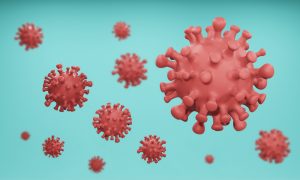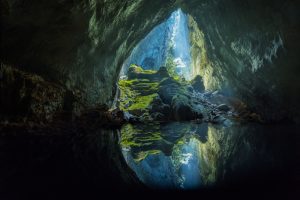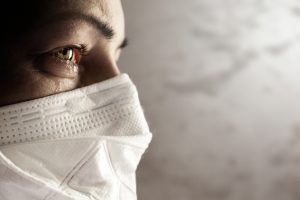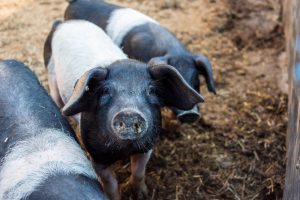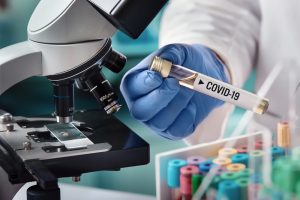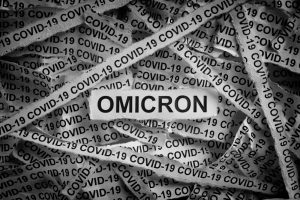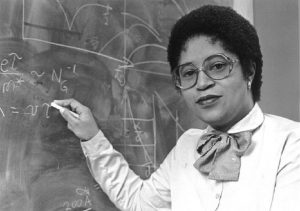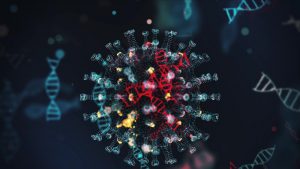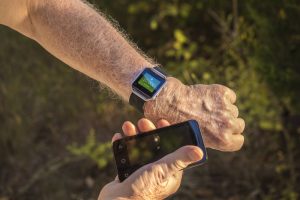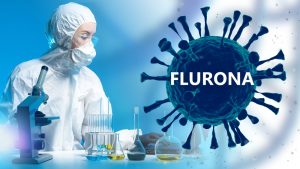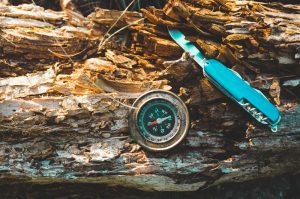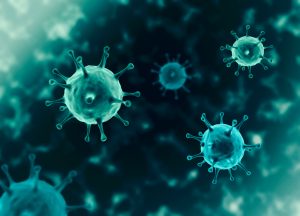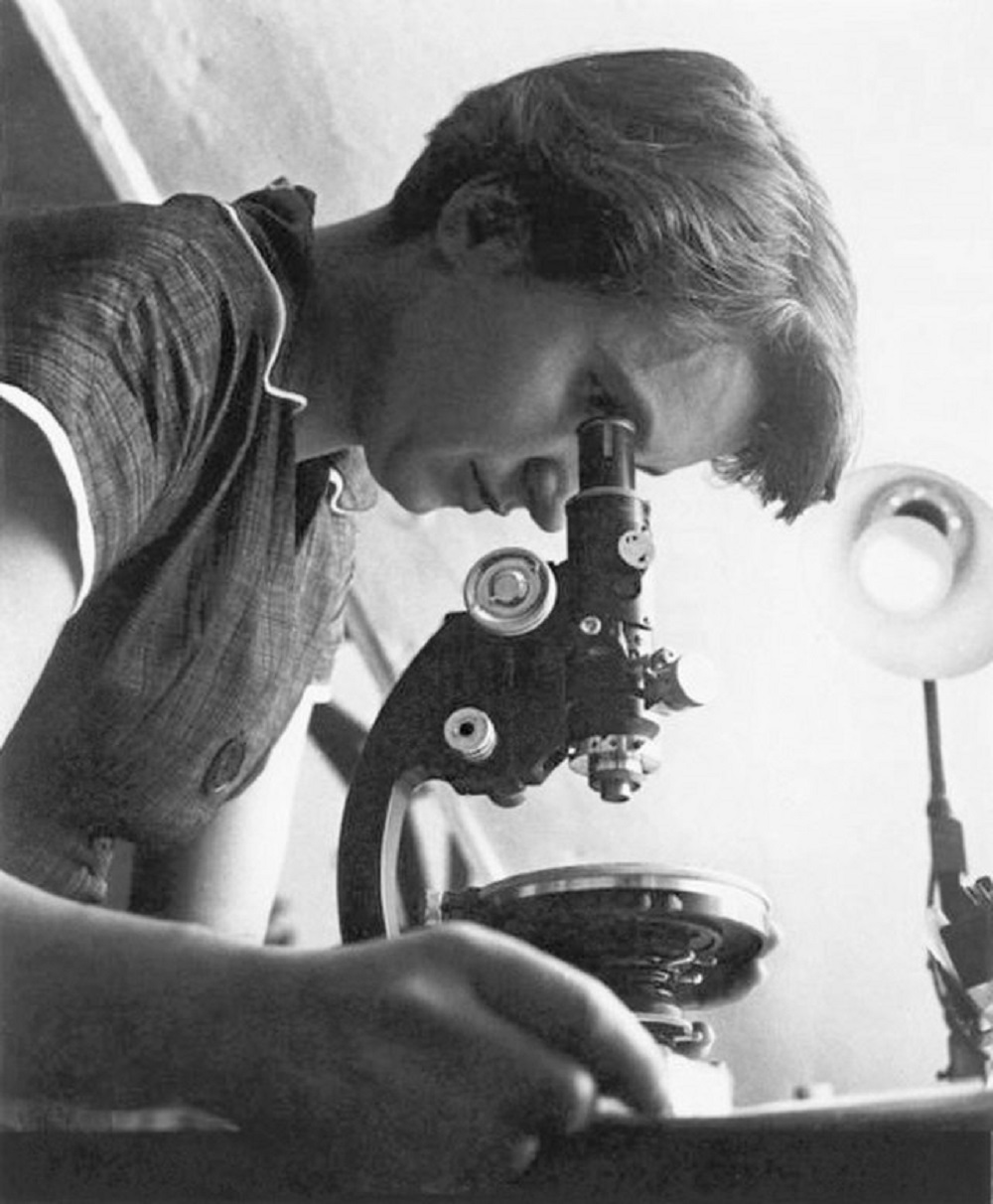
Rosalind Franklin, Scientist
Rosalind Elsie Franklin was born on July 25, 1920, in London, England, and even though she contributed to the discovery of deoxyribonucleic acid (DNA), she was not very popular back in the day, being called the ‘Dark Lady of Science’ by her male colleagues. She had to live in the darkness of these men’s shadows her entire life.
She attended the Newnham College, University of Cambridge, where she studies physical chemistry. After graduation, she received a fellowship and was able to guide research in physical chemistry at the University of Cambridge. However, everything changes for her with the advance of World War II.
She had to give up her fellowship at Cambridge and started working for the British Coal Utilisation Research Association, where she researched the physical chemistry of carbon and coal, but also served as a London air raid warden in 1942.
Franklin received a doctorate from the University of Cambridge in 1945 for a thesis written based on what she discovered during her investigation of carbon and coal during World War II. She also worked with Méring at the State Chemical Laboratory in Paris for three years, where she studied X-ray diffraction technology.
She started working at King’s College, London in 1951 in the Biophysical Laboratory, where she started investigating the DNA. At that time, there wasn’t enough information about DNA’s chemical structure, so it was Rosalind that discovered the density of DNA. She also discovered that the molecule exited in a helical conformation. Thanks to Franklin’s findings, other researchers were able to identify later that DNA’s structure is a double-helix polymer, containing two DNA strands around each other.
In 1956 Rosalind Franklin was diagnosed with ovarian cancer, which eventually leads to her death two years later, at just 37 years old.
Read also: 7 CLASSIFIED Scientific Experiments That Will Terrify You.













